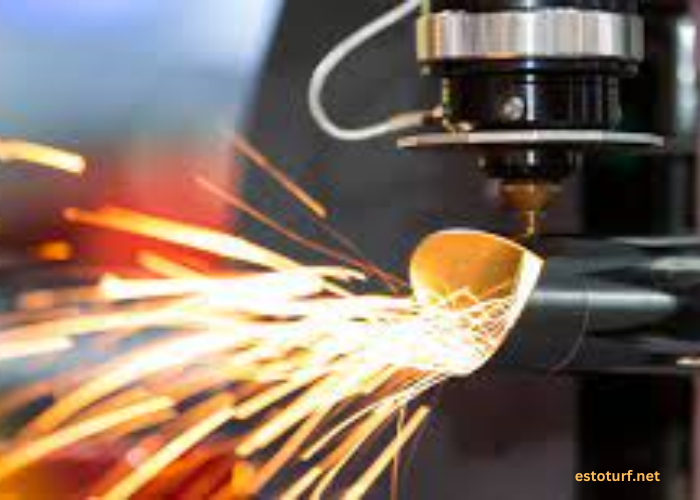
The aerospace industry is known for its rigorous precision, reliability, and innovation demands. Manufacturers in this sector constantly seek advanced technologies to enhance the quality and efficiency of their products. One such technology that has significantly impacted aerospace manufacturing is laser beam welding. This article will explore the profound influence of laser welding on aerospace manufacturing processes, from enhancing structural integrity to reducing weight and improving overall performance.
Enhancing Structural Integrity
Laser beam welding has transformed aerospace manufacturing by improving structural integrity. Unlike traditional methods that create larger heat-affected zones and distortions, laser beam welding is a non-contact, precision process that minimises heat impact. This results in stronger, more durable welds, crucial for maintaining the structural integrity of aerospace components during extreme conditions like high-speed flight or space travel.
Reducing Weight and Fuel Efficiency
Aerospace manufacturers constantly strive to reduce aircraft and spacecraft weight to enhance fuel efficiency and performance. Laser beam welding plays a pivotal role in achieving this goal. The precise and narrow weld seams produced by laser beam welding allow for the use of thinner materials, reducing overall weight without compromising strength. This weight reduction translates into improved fuel efficiency, extended flight range, and increased payload capacity—a crucial advantage in aerospace design.
Enhancing Aerospace Component Precision
The high level of precision of laser beam welding directly impacts the quality and accuracy of aerospace components. Its ability to create acceptable, detailed welds with minimal distortion allows for the manufacturing of intricate and precisely engineered parts. This precision is especially critical in aerospace manufacturing, where components must meet strict tolerances and adhere to exact specifications. Laser beam welding ensures these components are consistently accurate and meet the industry’s stringent standards.
Improving Weld Quality and Consistency
In aerospace manufacturing, the quality and consistency of welds are non-negotiable. Laser beam welding produces high-quality, consistent welds across various materials, from aluminium and titanium to stainless steel and composites. The process’s repeatability and ability to maintain constant weld parameters minimise variations in weld quality, ensuring that every aerospace component meets or exceeds industry standards.
Enabling Welding of Dissimilar Materials
Aerospace applications often require joining dissimilar materials with varying properties, such as metals and composites. Laser beam welding’s versatility effectively penetrates these dissimilar materials, creating robust and reliable bonds. This capability opens the door to innovative designs that combine the strengths of different materials, resulting in lighter, stronger, and more efficient aerospace components.
Minimising Heat Distortion
Heat distortion during welding can harm aerospace components, affecting their dimensional accuracy and structural integrity. Laser beam welding’s focused and controlled heat input minimises heat distortion, preserving the shape and alignment of critical parts. This is especially crucial in the aerospace industry, where precision and tight tolerances are essential for safe and efficient operation.
Streamlining Production Processes
The efficiency of laser beam welding also streamlines aerospace manufacturing processes. The speed and accuracy of laser welding reduce cycle times, enabling manufacturers to produce components more quickly and efficiently. This reduces production costs and allows for faster turnaround times, which is essential in meeting tight project deadlines and customer demands.
Enhancing Aerospace Welding Safety
Safety is paramount in aerospace manufacturing, and laser beam welding creates a safer work environment. Unlike traditional welding methods involving open flames and welding fumes, laser welding is a non-contact, clean process. It eliminates the risk of burns and reduces exposure to harmful fumes, creating a safer and healthier workplace for aerospace manufacturing personnel.
Conclusion
Laser beam welding has left an indelible mark on the aerospace manufacturing industry. As the aerospace industry continues to push the boundaries of technology and innovation, laser beam welding remains a crucial tool for achieving the high quality, performance, and efficiency required in this dynamic and demanding field. Its impact on aerospace manufacturing is undeniable, and its future promises even more advancements and breakthroughs in the quest for safer, more efficient, and more capable aircraft and spacecraft.





